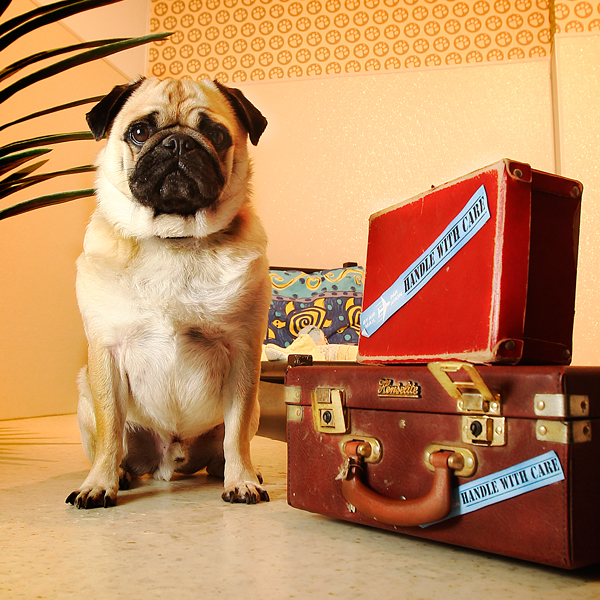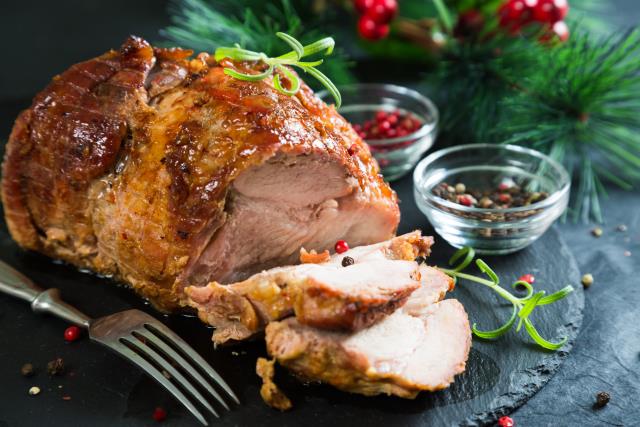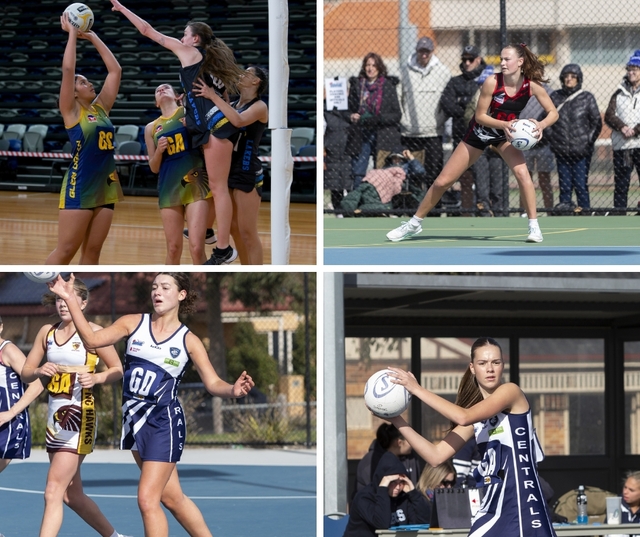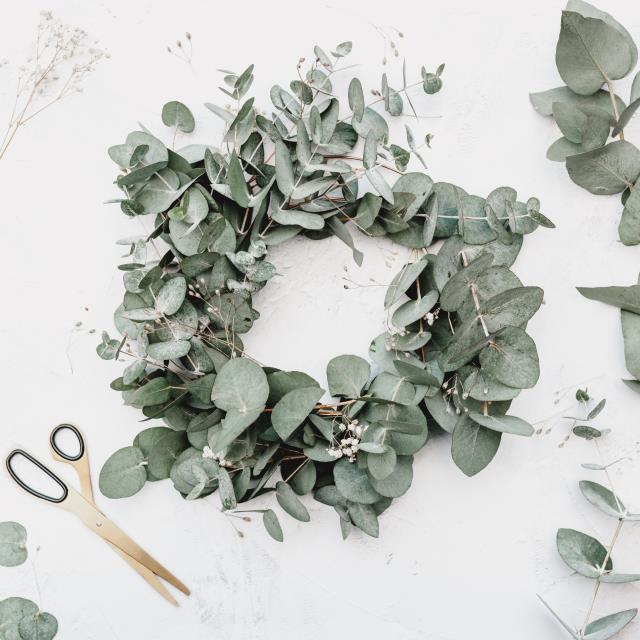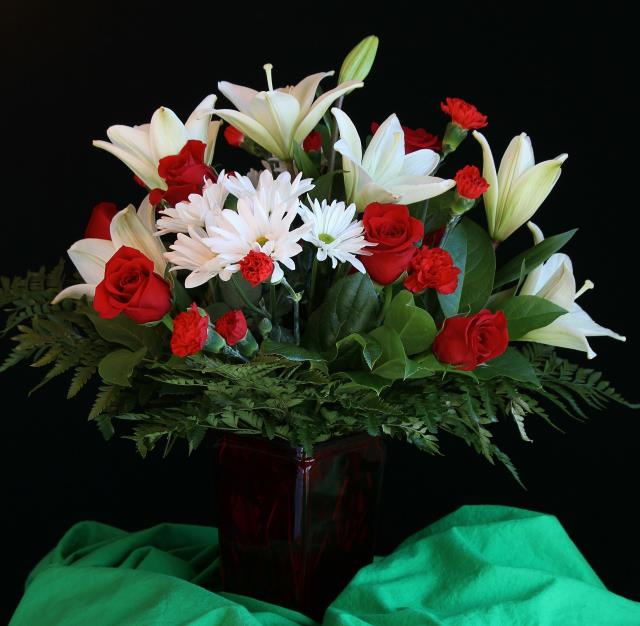As people have become more mobile so, too, have animals great and small. Sarah Harris packs her pawsport as the fur flies.
DOUG is lounging in his executive suite, watching television and killing a few hours until it’s time to leave for the airport.
He is travelling from Melbourne to Kuala Lumpur the long way, via Taipei, because being brachiocephalic there are only a couple of airlines who will take the risk of allowing him on board.
It’s all to do with potential medical problems caused by his very short nose.
You see Doug is a pug and he’s off to join his owners Sarah Jarvie and Robert Bryson on an international adventure.
“My partner’s an engineer and he got a job that takes us to KL for 18 months and then on to Korea for the next stage of the Ichthys oil and gas project,“ Jarvie explains. “Doug’s not actually part of the package. He is coming at our expense and it’s costing over $3000, but a proviso of us going was we wouldn’t leave him behind.”
Doug is one of a surprising number of companion animals that can be found on any given day at the Hanrob Pet Hotel at Tullamarine, awaiting international flights organised by JetPets Animal Transport.
One in three people will at some time in their lives consider uprooting and moving abroad, be it for love, work or adventure.
Many will elect to jet-set with their pet or, in the case of Helen and Kory Nelson, all four of them.
Between airfreight, boarding and quarantine it will wind up costing the retired physiotherapist in excess of $6000 to export Siamese chocolate points Lilly and Zac along with golden retrievers Chevy and Harley to their new home in Denver, Colorado.
The Nelsons, who are returning to the States to look after an aged relative, wouldn’t have it any other way. “They go wherever we go. They are part of the family,” Kory Nelson says.
The Nelsons are far from alone.
In 2011-12 financial year 6998 dogs and 3139 cats were exported from Australia and 7279 dogs and 3915 cats came into country according to the Department of Agriculture, Fisheries and Forestry figures.
Many of those inbound animals will find themselves spending the minimum 30-day quarantine period at Spotswood Quarantine Station (SQS).
The office walls are plastered with pictures of beloved family pets who have come through the inner-western Melbourne centre which has served as an important part of Australia’s biosecurity network.
Current residents include Tilia the shih tzu and Sally the King Charles cavalier, who have returned home from New York and Germany respectively.
“I went over to the States on a holiday and met the man who became my husband,” Tilia’s owner Linden Esposita says. ‘‘When I went back to America to get married, I said basically it’s love me, love my dog – she comes too. Now after seven years away we are all here to live in Australia.”
Although Australia’s quarantine requirements remain among the most stringent in the world, numbers of domestic animals making international shuttles have increased dramatically during the past 15 years, as SQS manager Angelo Ravaneschi observes.
“When I started in ’78 the quarantine for an animal coming from the UK was four months, with three months pre-export. There were only two points of entry, which were the UK and Hawaii, but now we have R-NATS (rabies nucleic acid-amplification tests) and rabies vaccinations, we can allow them in directly from a number of countries.”
Spotswood is also the only live-bird quarantine centre in Australia. Birds are among the highest-risk imports and as it stands, only breeding and show pigeons are allowed in the country, although protocols for other birds are under review.
The pigeons, which can be worth as much as 15,000 euros ($17,000) each, are housed in a bio-containment centre and staff must shower each time they enter or leave.
The value of this centre was demonstrated in 2010 when a cargo of pigeons tested positive to Newcastle disease and the whole shipment was destroyed, preventing a potentially devastating outbreak.
But it’s not just domestic pets and show pigeons that fly in or out. Last year almost four million ornamental and tropical fish were imported for the aquarium industry. There’s also an enormous amount of genetic and reproductive material – embryos and semen – across a range of species, from exotic zoo creatures to farm animals, that arrives as air cargo.
“You’d be surprised what’s jetting about,” Danny Burkandt of JetPets Animal Transport says. In addition to transporting companion animals interstate and overseas, JetPets has helped airlift a red panda from Melbourne Zoo to its new home in Auckland.
JetPets arranged customs clearance for Jelani the giraffe who was shipped from New Zealand last year to become a resident of Werribee Open Range Zoo.
They also assist with service animals like guide dog Eamon, who was allocated his own seat alongside his best mate, legally blind photographer Andrew Follows, when he travelled to the UK last month for his first international exhibition.
The recent return of Black Caviar to Australia after her successful English campaign focused attention on another lot of frequent flyers – racehorses and stud stallions.
Melbourne-headquartered International Racehorse Transport (IRT) transports more than 5000 horses across the globe each year.
“When we first started out 40 years ago we used to have all sorts of animals on board, helping zoos get elephants and things here,’’ IRT transport manager Chris Burke says, ‘‘but these days it’s solely horses.
“It’s not uncommon for us to carry horses that are individually worth far more than the plane. You can have a planeload with 30 shuttle stallions worth several billion dollars.
“The first eight horses over the line in last year’s Melbourne Cup we flew in ahead of the spring carnival and we’ve flown as many as 20 of the starters into the country at some time.
“It’s quite a commitment to bring horses here for the Cup. If you are based in Europe and you want to bring a horse to the Melbourne Cup and go home again, you’d need to budget close to $100,000 including quarantine at the Werribee International Horse Centre.
“It’s a huge risk when you think unless they win at least $100,000 in prizemoney it is going to end up costing them.”
And, as we gallop toward spring, you could say the winner of the 2012 Melbourne Cup is still very much up in the air.

